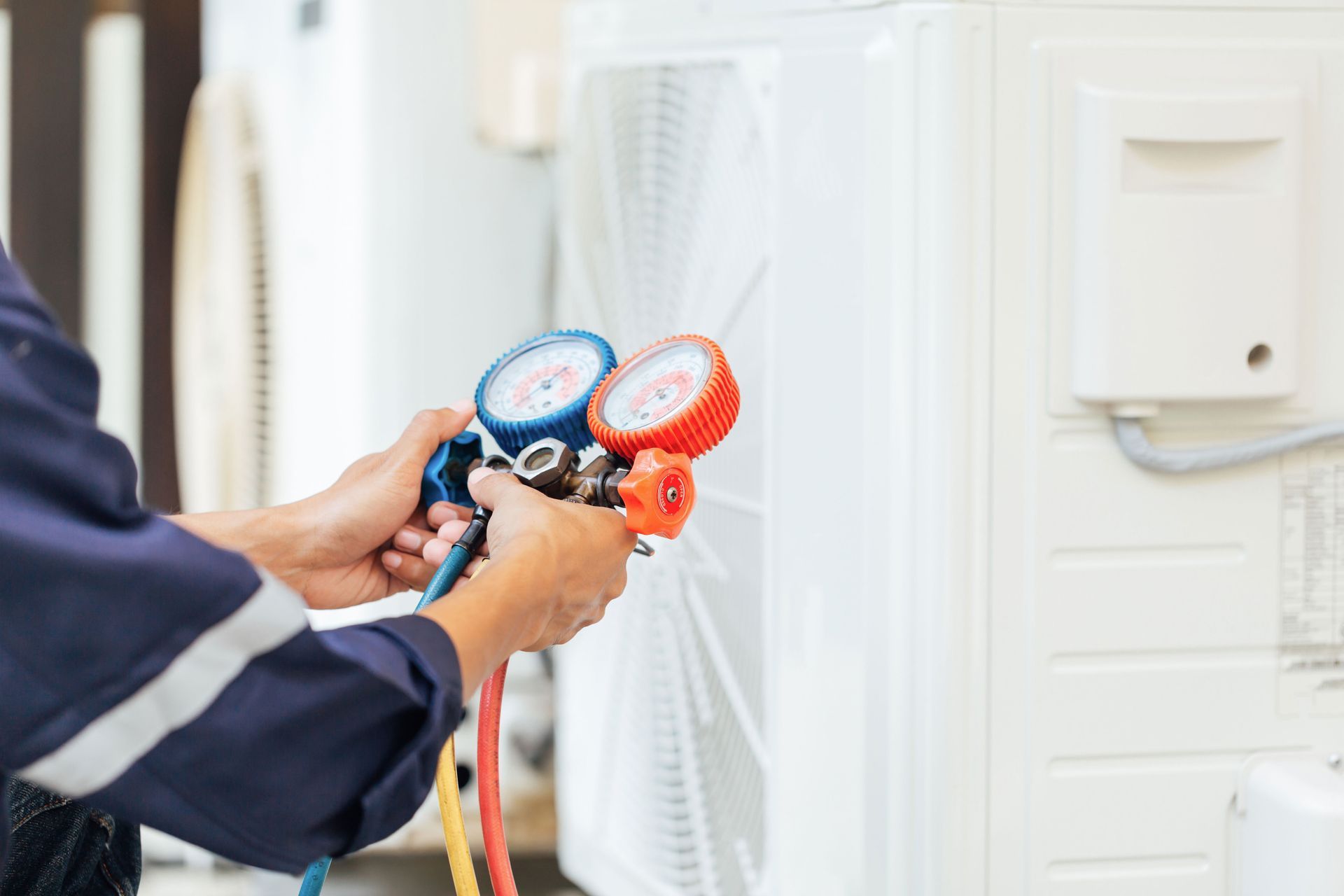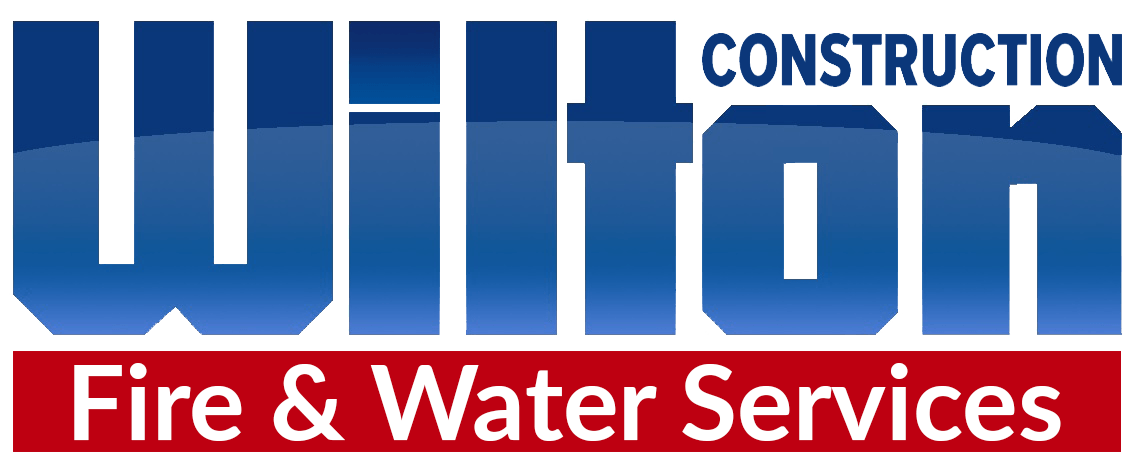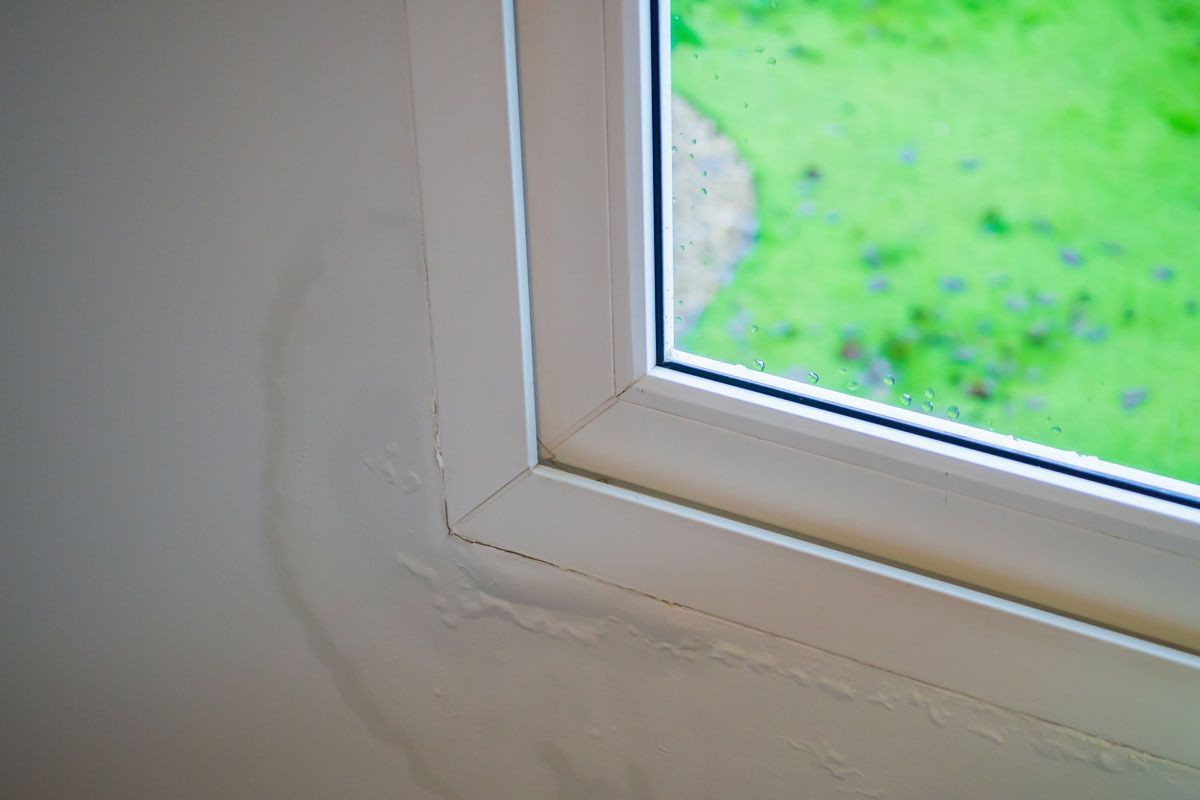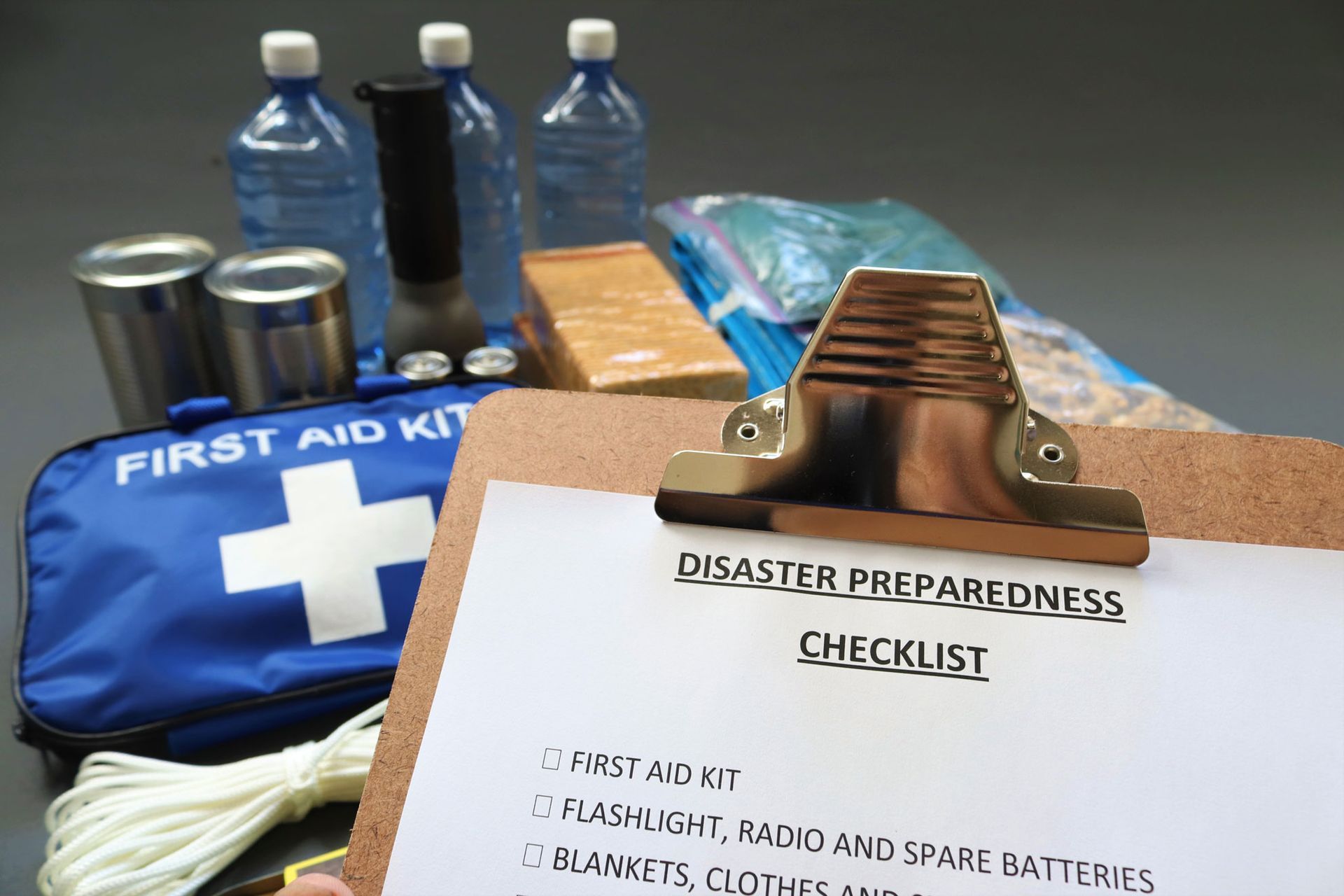Virginia's Battle with Mold
Mold grows wherever moisture or humidity is present. That is unfortunate for Virginians with the combination of rainy days and humidity. Because mold can grow very quickly, with the spores of some varieties beginning to germinate in as little as four to 12 hours, it's important to be aware of the health risks that can be associated. And its vital to understand how to eliminate mold if it makes its way into your home or business.
Mold exposure causes health risks including:
- Irritation to eyes, nose, and upper airways.
- Allergic reactions to people that are allergic to specific varieties of molds.
- Asthmatic reactions for people with asthma including the triggering of an Asthma attack.
If continuously exposed to mold, some people may develop symptoms such as watery, itchy, burning or red eyes; nose or throat irritation; sneezing; coughing or wheezing; constant headaches; memory problems or mood changes; aches and pains; and in some cases, hives, welts, or skin rash. Mold spores cannot be seen but can be inhaled, which can cause irritation or infection in the lungs and make it harder to breathe.Some people are affected by the presence of mold while others can live in places with a large amount of mold and not experience any symptoms.
So what is mold removal?
The process of ‘removing the mold’ is called mold removal. As simple as it sounds, but there is more to it. “Removing” might sometimes indicate mere cleaning, without addressing the core problem, that is, identifying the source for the occurrence of mold.
While molds are a natural part of our ecosystem, one cannot completely eliminate it. Mold spores are typically inherent in all indoor and outdoor spaces, so technically, it is impossible to completely eradicate all molds – but the key is to control it’s growth.
Mold spores are generally harmless until they settle on a damp spot and begin to grow into active mold. When you have mold growing in your home, removal becomes imminent. A simple mold removal process is never enough to solve mold problems in your home, unless the infected area is too small. What is mold remediation?
You might have wondered: What does mold remediation mean and what is involved?
Mold remediation is the term used to describe all the processes involved in eliminating harmful mold growth. It includes mold testing, removal, demolition, sanitizing, containment, and mold cleaning, depending on the type and location. A professional restoration company that understands mold growth’s critical nature will offer remediation to get the mold levels in your home back to a harmless point rather than a false promise of complete mold removal.
What is the mold remediation process?
The mold remediation procedure is unique to each mold growth scenario. Different cases will usually require other solutions. However, the fundamental mold remediation procedure covers:
- Mold inspection and assessment: A careful inspection of the property is done to identify mold growth type and source. This is very important in determining the best approach for remediation.
- Containment: Molds produce spores when they are triggered. These spores move in the air and can settle on other surfaces while they are being removed. As a result, expert mold remediation involves isolation of contaminated areas before cleaning or removal.
- Cleanup and air filtration: Mold cleaning approach depends on its location. Molds on non-porous or semi-porous materials are often cleaned through a safe process that prevents spores’ release into the air.
Disposal or removal: The type of material on which the mold grows will determine if the disposal is required. When mold grows on porous material, removal is usually the chosen course of action. - Sanitization: Removal of mold-infested materials is often followed by thorough cleaning of all items affected, such as furniture, curtains, floors, walls, etc. This will also include deodorization and elimination of odors with the use of fogging equipment.
- Preventative Recommendations: The final step in the mold remediation exercise is the preventive recommendation. These are steps suggested by the professionals to homeowners for the prevention of mold regrowth.
- Mold remediation is incomplete without the recommendations from mold professionals on how mold problems will not reoccur in the future.
- Post remediation inspection: after the remediation process has been concluded, a post clean up inspection is carried out to confirm the remediation’s success and verify the cleanup effect.
We are here to help families in the Richmond, Virginia area
stay healthy and safe if you have a mold concern.
You may also want to consult the following references:
- Environmental Protection Agency (EPA) at www.epa.gov/mold.
- American Industrial Hygiene Association information, The Facts About Mold at www.aiha.org
- Federal Emergency Management Agency (FEMA) at www.fema.gov.
You might also like

Book a Service Today
We will get back to you as soon as possible
Please try again later
Need Help Now? Call Our 24/7 Emergency Service Team
Working hours
- Mon - Sun
- Open 24 Hours
Stay Connected
Thank you for joining our mailing list.
Please try again later.
Site Menu
All Rights Reserved | Wilton Construction Fire and Water Services



